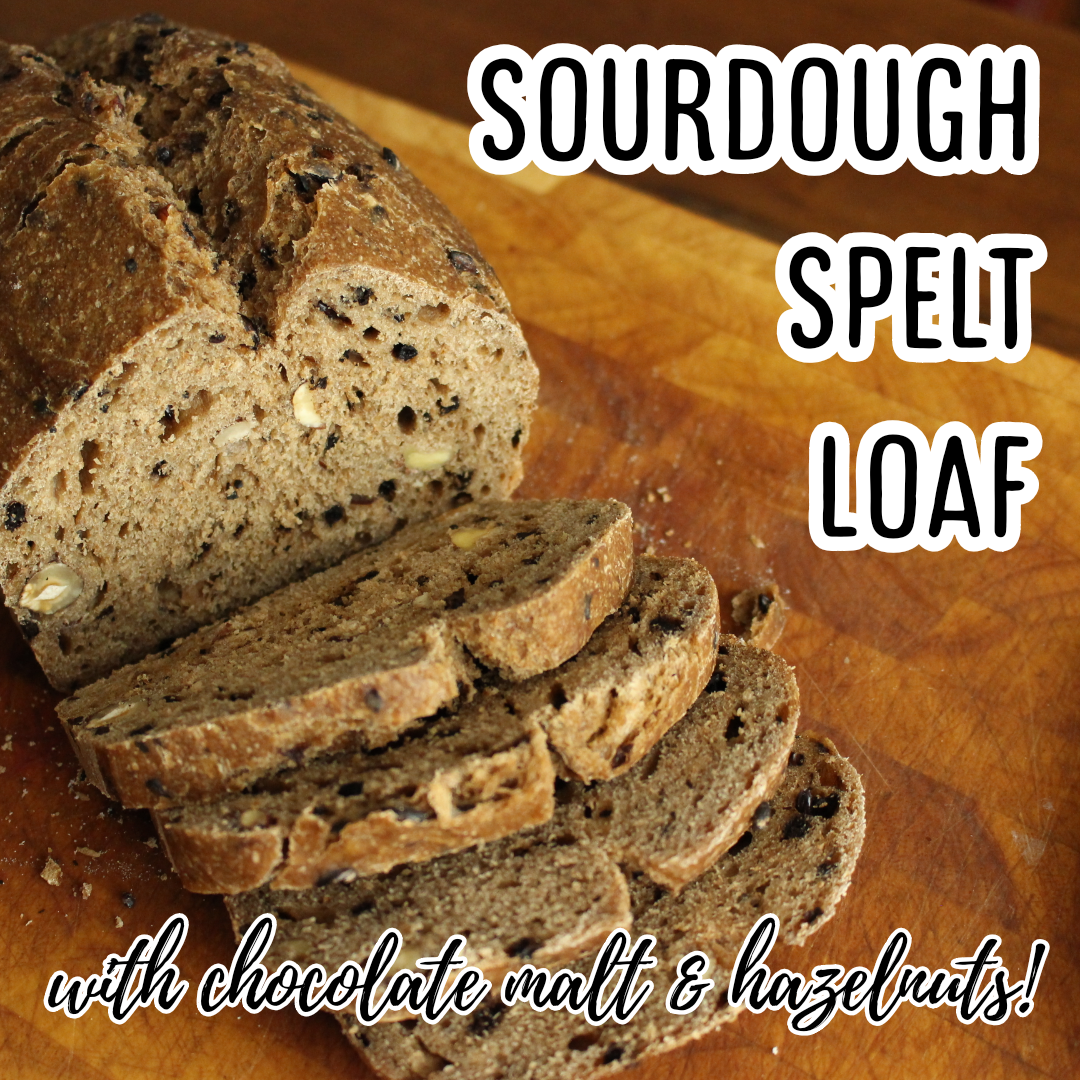Lunch: Fennel seed-studded sausage from the farm in the hills (it is *so* good – one day I’ll get to making salume myself), salad with leaves from @radiciumane, topped with capers and olives (because I live in Italy!), served with home-made local spelt sourdough, spread with home-rendered lard (from the same piggies who gave us the sausage, those of my #farmerman @valledelsasso) . 5,000-year old beer would’ve been really good with this, but it isn’t quite ready yet – you can see the filtering and second-fermenting in my story today.

Lunch: Fennel seed-studded sausage from the farm in the hills (it is *so* good – one day I’ll get to making salume myself), salad with leaves from @radiciumane, topped with capers and olives (because I live in Italy!), served with home-made local spelt sourdough, spread with home-rendered lard (from the same piggies who gave us the sausage, those of my #farmerman @valledelsasso)
.
5,000-year old beer would’ve been really good with this, but it isn’t quite ready yet – you can see the filtering and second-fermenting in my story today.








